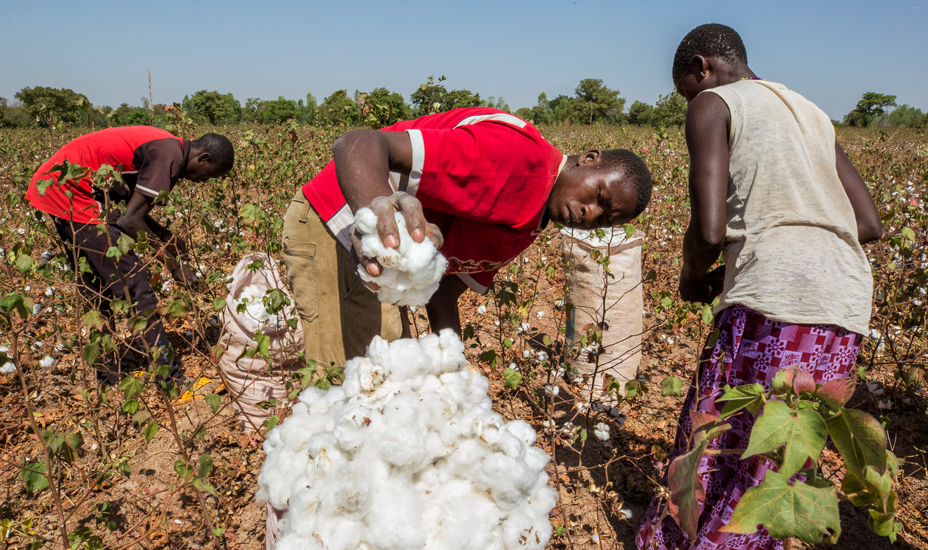
Regenerative agriculture has emerged as a promising environmental victory for the fashion industry, yet the lack of an industry-wide standard for its practical implementation and evaluation remains a significant challenge. However, Textile Exchange has stepped up to change this narrative with the recent launch of its innovative framework. Unlike a rigid, one-size-fits-all standard, this groundbreaking initiative introduces a set of indicators to assess regenerative agriculture projects and programs.
The Regenerative Agriculture Outcome Framework not only aims to help the fashion and textile sectors quantify the impact of regenerative agriculture but also embraces the diversity of regenerative farming practices across different regions and individual farms. The essence of true regenerative agriculture lies in its place-based, outcome-focused approach, which a generic checklist of practices cannot constrain. This concept was well-articulated in Textile Exchange's 2022 Regenerative Agriculture Landscape Analysis, which served as the foundation for the new framework.
Textile Exchange's Regenerative Agriculture Outcome Framework
One of the primary goals of Textile Exchange is to ensure the integrity of the regenerative agriculture concept as it continues to be adopted by the fashion industry as a climate solution. By establishing a range of indicators that can be tailored to specific regions, fiber types, and farm setups, Textile Exchange respects the context-based nature of regenerative agriculture while setting expectations for meaningful progress and documentation.
Beth Jensen, the director of impact for the Climate+ strategy at Textile Exchange, praises the Regenerative Agriculture Outcome Framework for bridging crucial gaps in the industry. The framework provides a centralized reference point for inclusive outcomes, not just practices. Additionally, it standardizes outcome measurement, enables brands to vet different projects associated with regenerative agriculture, and offers a set of researched outcomes to align practices with desired results.

Balancing Accountability and Transformation
Experts and advocates of regenerative agriculture welcome this effort, as it has the potential to address concerns about brands diluting the benefits of regenerative practices. Furthermore, the framework can bring a level of accountability to the fashion industry's use of regenerative agriculture while preserving the flexibility for farmers and communities to make decisions based on local conditions and unique needs.
However, some express concerns that the framework may not go far enough in driving the transformative changes needed for full land and soil regeneration. For instance, the framework's connection to the commodity market raises questions for Rebecca Burgess, founder and director of the non-profit Fibershed. She calls for region-specific responses to climate change while expressing doubts about relying on commodity price structures. Textile Exchange's Jensen explains that restructuring the agricultural market is beyond the scope of the framework. Instead, it focuses on indicators related to more equitable cost- and risk-sharing between brands and farmers without dictating business conduct.
The framework emphasizes the direct link between socioeconomic outcomes and holistic regenerative agriculture, giving equal weight to indicators covering fair financing, livelihoods, farm community well-being, and ecological impacts. It encourages equitable partnerships with farming communities and recognizes that producers should not bear the sole responsibility for outcome monitoring, alleviating some of the disproportionate burden placed on farmers. To ensure a collective effort towards adopting regenerative agriculture, the framework organizes indicators into farm-level and brand-level categories, emphasizing shared responsibilities between brands and farmers in the transition and progress monitoring process.
Ultimately, the overarching goal of the Regenerative Agriculture Outcome Framework is to accelerate the fashion industry's adoption of regenerative agriculture in a way that benefits all stakeholders. By aligning on key indicators and establishing foundational groundwork, Textile Exchange aims to propel the progress of regenerative agriculture while supporting farm communities.